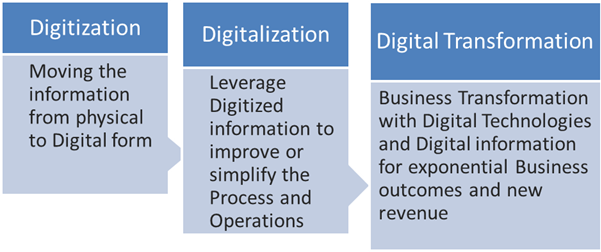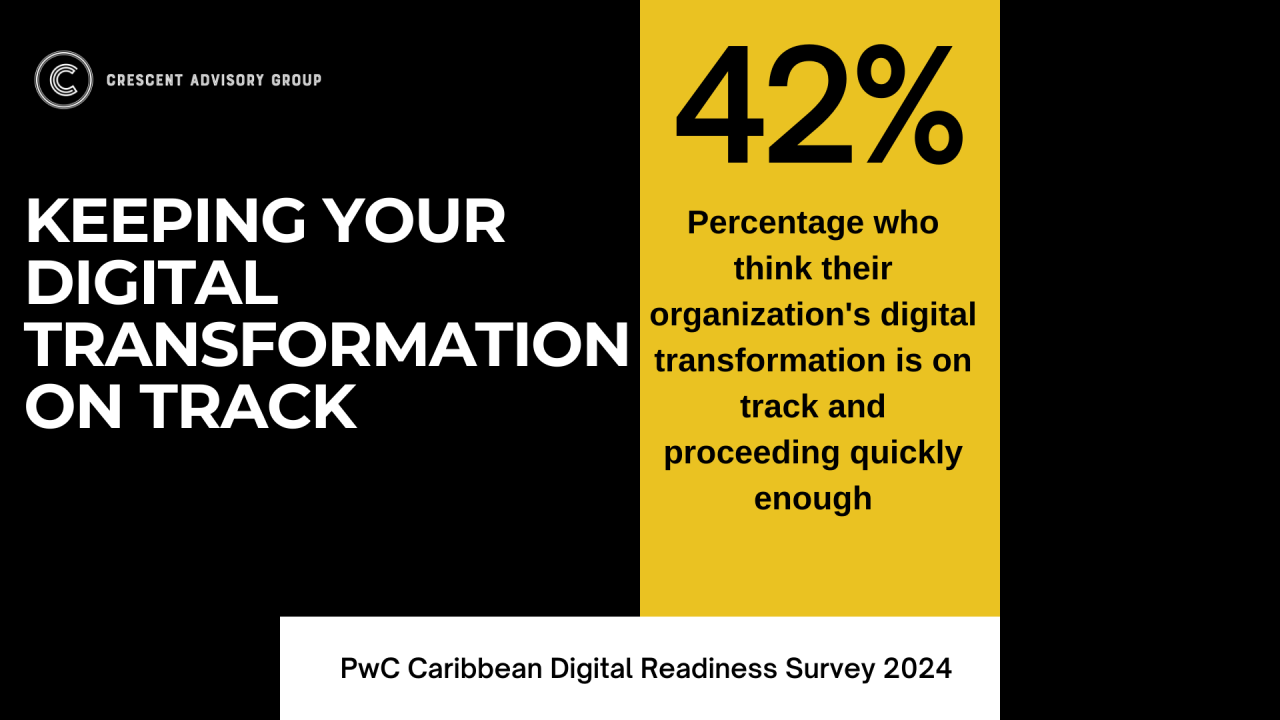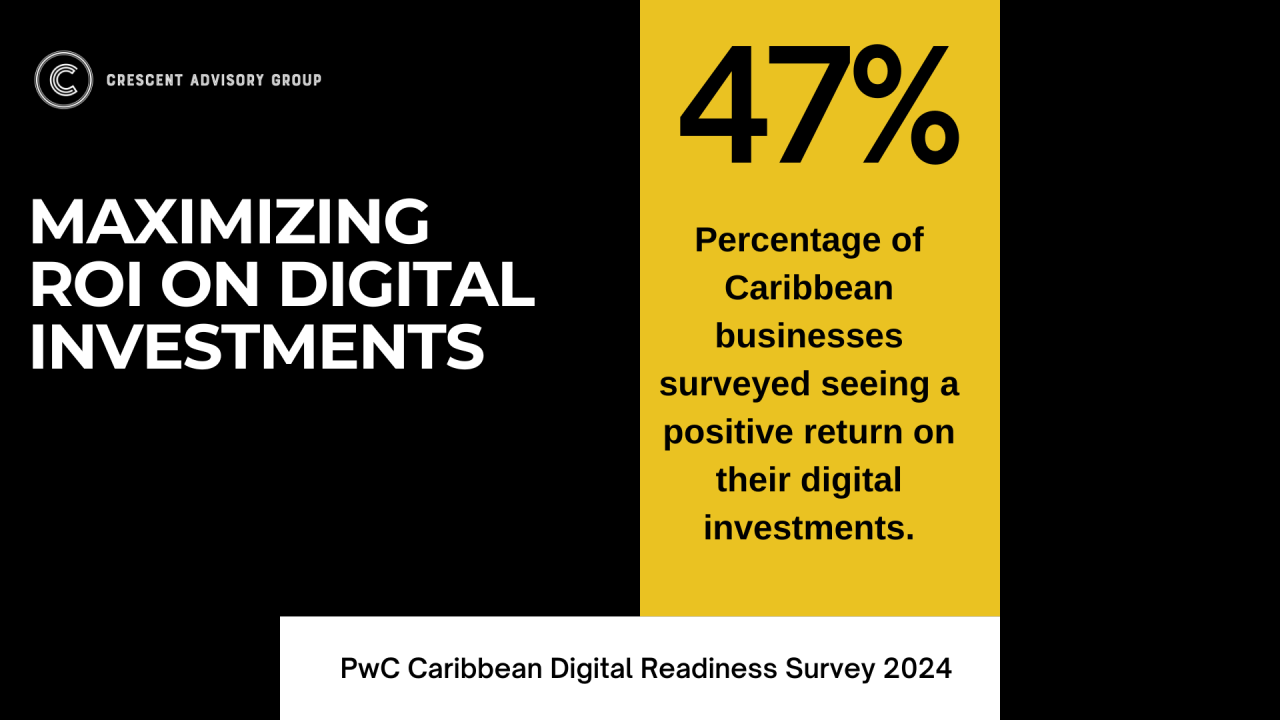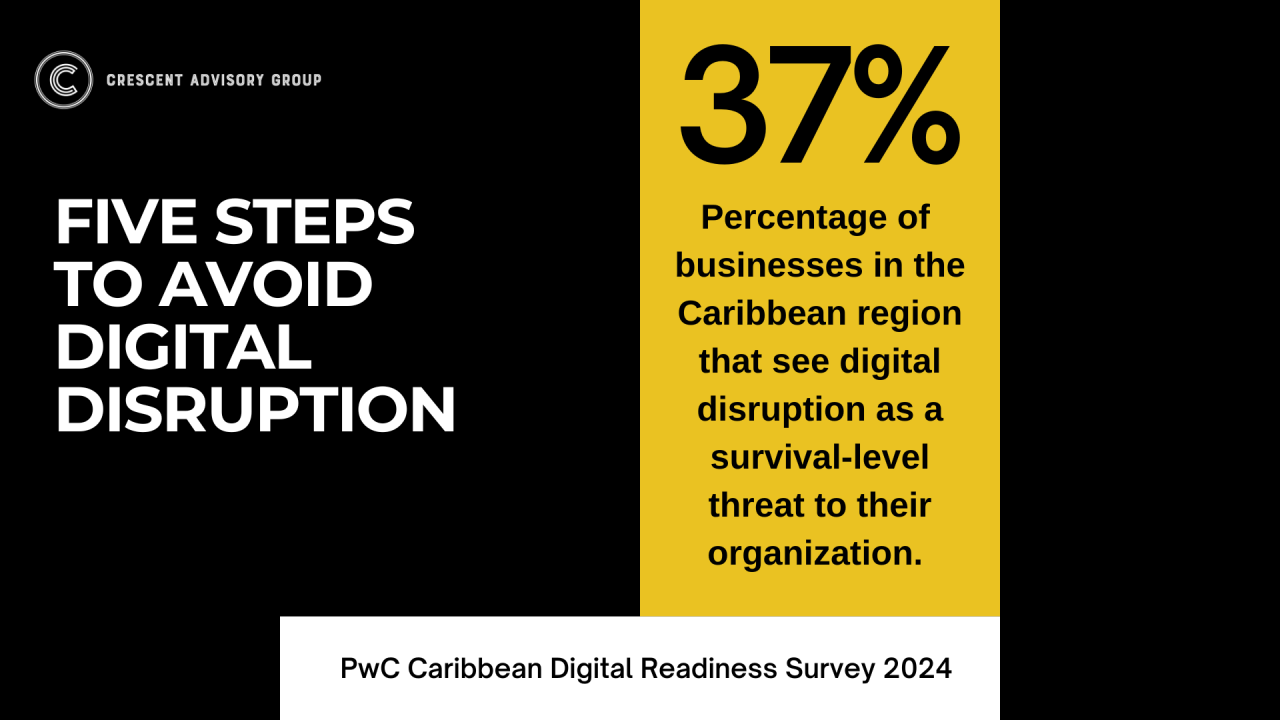
2. Define a Clear Vision: Create a compelling digital transformation goal rooted in data and real stories of customer and employee pain points and desires. This vision should align with your overall business strategy and provide a clear direction for all digital initiatives.
3. Tell the Story: Craft a persuasive narrative that inspires your team and stakeholders to embrace change. Communication is key – consistently reinforce your digital transformation journey’s vision, goals, and progress.
4. Solve Real Customer Problems: Focus on addressing genuine customer needs and pain points, rather than pursuing initiatives that executives merely think are important. This customer-centric approach ensures that your digital solutions deliver tangible value.
5. Prioritize Mass Adoption: Investments in creating digital experiences are significant. To maximize ROI, focus on driving mass adoption and redeploying resources from traditional methods. Make adoption targets a primary KPI in your digital transformation strategy.
6. Embrace Agile Working Methods: Implement agile methodologies to facilitate speed, collaboration, and customer-centric solutions. This approach isn’t limited to software development – apply it to all aspects of your digital transformation efforts.
7. Go Digital End-To-End: Avoid the trap of “digital lipstick” – superficial changes that don’t address fundamental issues. Ensure that your focus on new websites and apps is supported by a robust, secure, and highly available core technology platform and processes that are digital from end to end. This is crucial for earning customer trust and accelerating adoption and migration to digital platforms. Remember to develop comprehensive plans that address potential complaints, exceptions, and failures of digital platforms.
8. Emphasize Design Thinking and UX Excellence: To drive mass adoption, digital solutions must be simple, accessible, and intuitive. Prioritize user experience design throughout the development process to create solutions that users will readily embrace.
9. Start Small, Scale Smart: Begin with small, manageable improvements to customer journeys rather than attempting a “big bang” transformation. Use these initial successes as learning opportunities, and scale up based on what works, adjusting your approach as needed.
10. Measure and Iterate: Continuously evaluate the performance of your digital initiatives. Use data-driven insights to refine your approach, reallocate resources, and maximize ROI.
By following these strategies, businesses can position themselves to not only see returns on their digital investments but to become leaders in the digital landscape. Remember, digital transformation is not a one-time project but an ongoing journey of adaptation and innovation.
Crescent Advisory Group offers tailored support to meet your organization’s unique digital transformation needs. To explore how Crescent Advisory Group can support your digital transformation initiatives, please contact:




